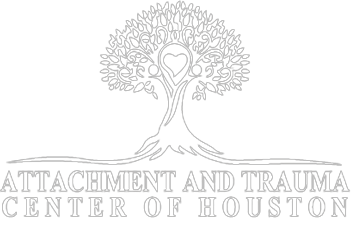The Neurosequential Model©
What is NMT ?
The NMT is a neurodevelopmentally informed, biologically respectful perspective on human development and functioning. The Neurosequential Model of Therapeutics© (NMT) uses this perspective in the clinical problem-solving process. The NMT is not a specific therapeutic technique or intervention; it is way to organize developmental history and current functioning to inform the clinical decision-making and treatment planning process. This approach integrates core principles from neurodevelopment, developmental psychology, traumatology, sociology and a range of other disciplines to create a comprehensive understanding of the child, family and their broader community. (https://www.neurosequential.com/nmt)
“In order to understand an individual, one needs to know his or her history.” Dr. Bruce Perry


How NMT helps?
The Neurosequential Model of Therapeutics (NMT) is an assessment tool which measures an individual’s adverse experiences and their relational health across the lifespan. The brain develops in a use dependent way and adverse experiences have a way of affecting the typical development of the brain.The Neurosequential Approach has three key components – training/capacity building, assessment and then, the specific recommendations for the selection and sequencing of therapeutic, educational and enrichment activities that match the needs and strengths of the individual. Those areas are sensory-integration, self-regulation, relational functioning, and cognitive functioning. A key tenet of NMT is that these functions develop in a certain order, just as the areas of the brain that mediate them develop also.
FAQs
The idea is to start with the lowest area (in the brain) undeveloped/abnormally functioning set of problems and move sequentially up the brain as improvements are seen. This may involve initially focusing on a poorly organized brainstem/dien- cephalon and the related self-regulation, attention, arousal, and impulsivity by using any variety of patterned, repetitive somatosensory activities. Theseprovide these brain areas patterned neural activa- tion necessary for re-organization) such as music, movement, yoga (breathing), and drumming or therapeutic massage. reclaiming children and youth journal, fall 2008 volume 17, number 3
www.reclaiming.com
The next step is once there is improvement in self-regulation, the therapeutic work can move to more relational-related problems (limbic) using more traditional play or arts therapies and ulti- mately, once fundamental dyadic relational skills have improved, the therapeutic techniques can be more verbal and Insight oriented (cortical) using any variety of cognitive-behavior- al or psychodynamic approaches.

